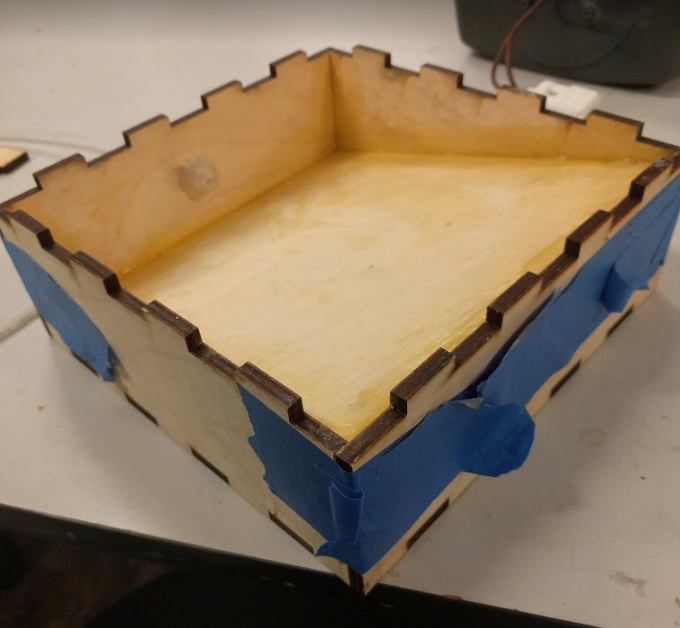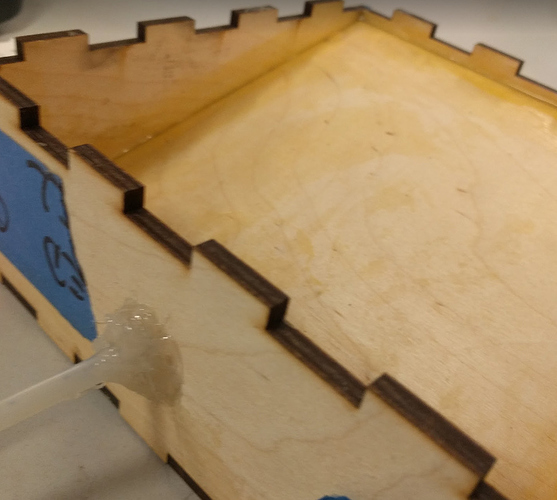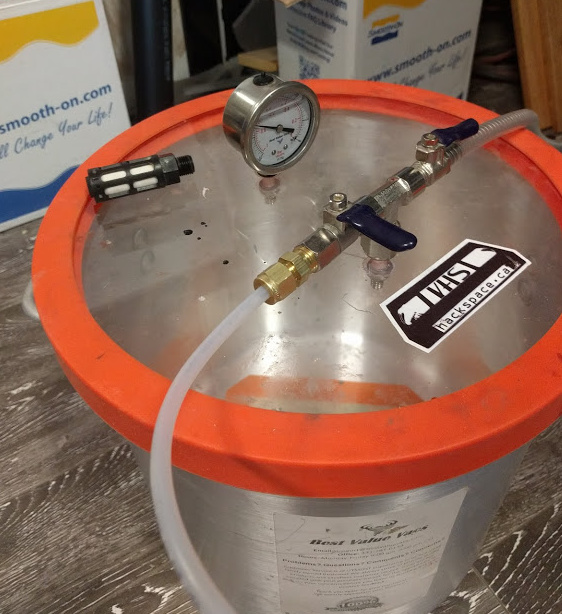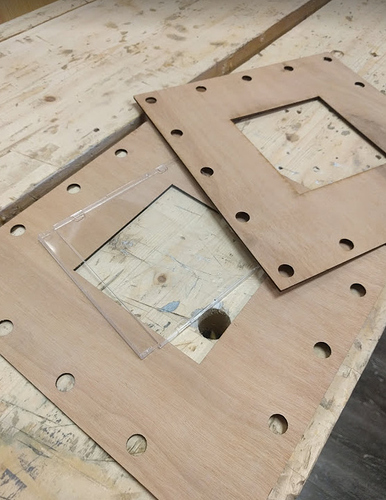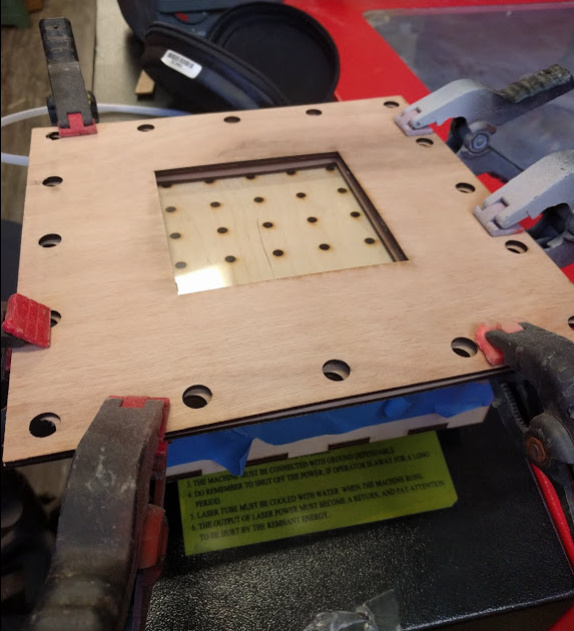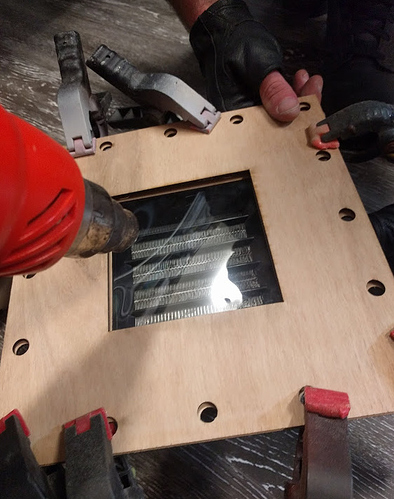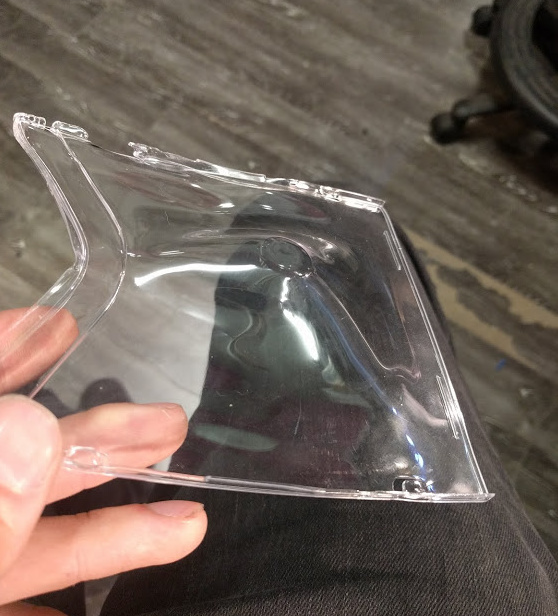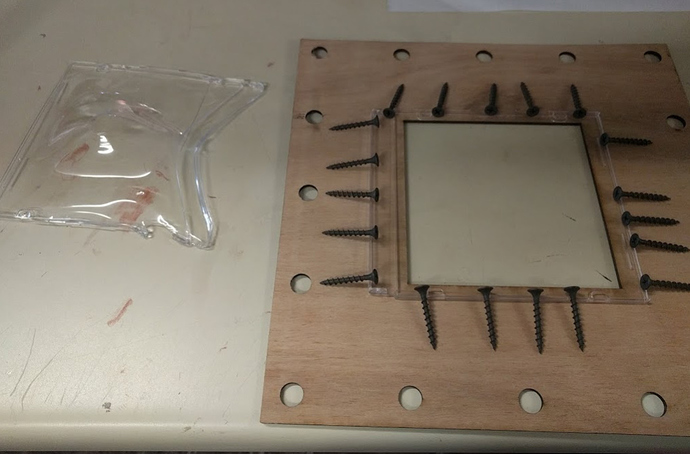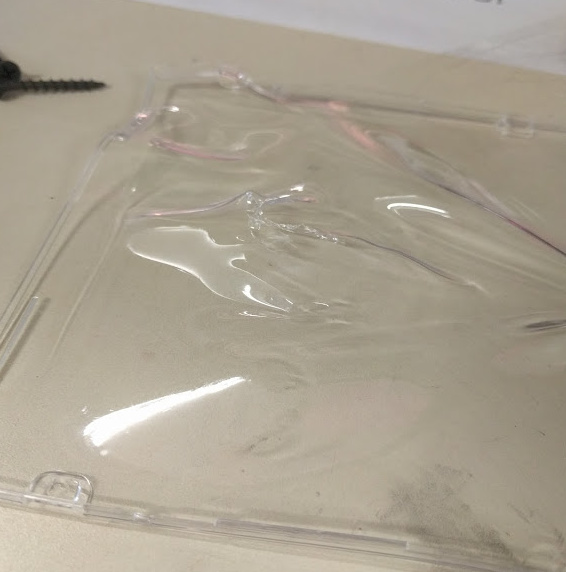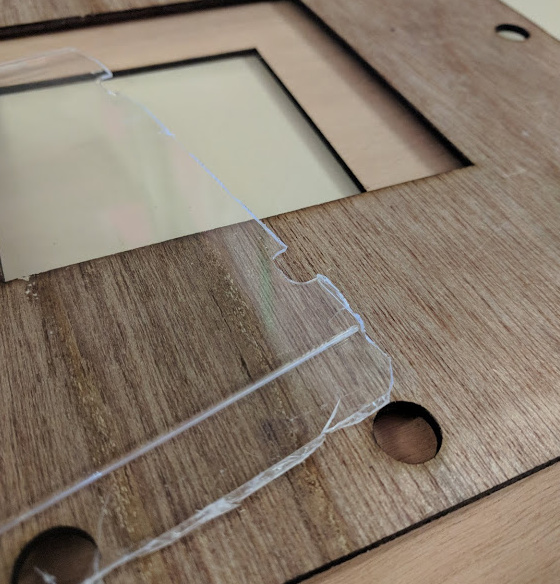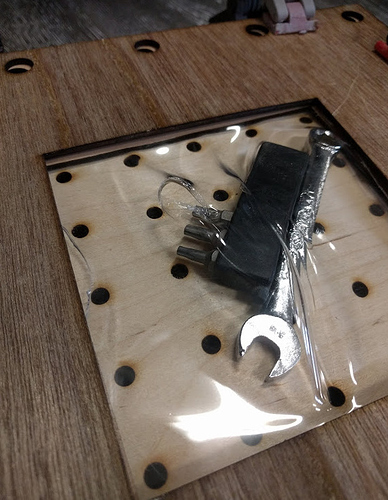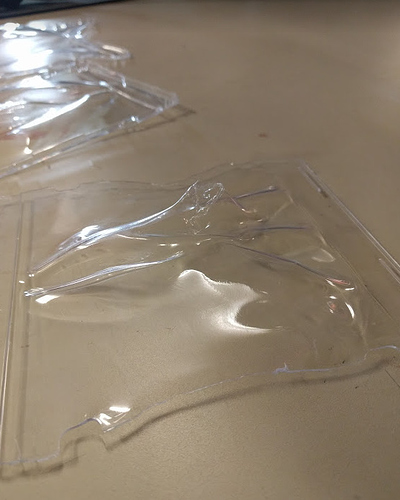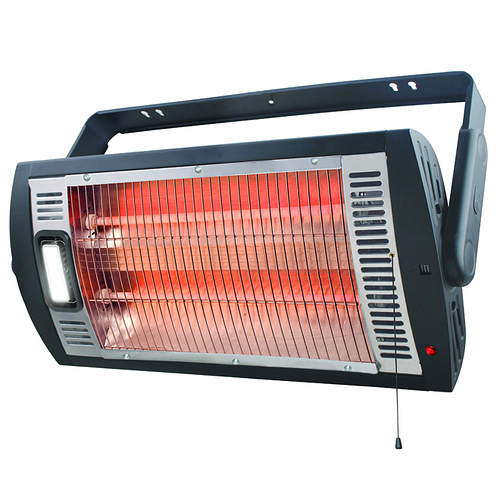On World Create Day, I started work on something that’s been swirling around in my head for a while.
By leveraging tools that we already had, I figured it should be possible to build a small vacuformer very very quickly…
@rsim very kindly sketched up a box with a tilted false floor in Fusion 360, and I laser cut it up and woodglued it all together. I also cannibalised a space heater that VHS no longer needed for melting materials.
A couple weeks later, I brought in an 1/8th inch tube, fixed it in place with the finest sealant around (hot glue), and did another pass of woodglue to seal up all the gaps in the box.
(Top panel not shown)
The idea behind this is that it can be hooked up to our vacuum chamber, which can provide a quick shot of suction, a lot cleaner and more steady than a vacuum cleaner (of which we don’t reliably have in good order).
With some added fittings, that becomes a reality.
With a good vacuum in the tank and the pump completely off, it’s actually powerful enough to hold itself up with a sheet of acrylic for a good twenty seconds.
While asking the VHS hive mind where to get sheets of styrene (a common material used for these), @SeanPo suggested old CD cases, which is exactly the kind of free/recycling source that appeals to me.
So I laser cut a frame to adapt them to the machine.
Seems to clamp on okay.
Along with @toma’s help, we determined that the space heater is not hot enough to melt the styrene - more research needed, I think it can work. Instead, it was helped along with a heat gun for now.
And, finally, first pull:
Yeah, it’s not great.
As we were heating it, the left side of stock in that image shrunk/pulled out of the frame, and probably ruined the good vacuum seal required.
I then made an attempt to grab the edges of the polystyrene better using the heads of woodscrews.
Different, but still poor results.
The issue here might have been uneven heating with the heat gun due to impatience, and then the material stock rippled in a weird way.
I also attempted to break off the raised edges of the CD case to flatten the frame somewhat.
This was a victim of the same rippling effect.
You can see that overheating put a hole in the material, also causing issues with pulling a vacuum.
So that’s where it currently stands. This could be a pretty capable rig after the process is tweaked.
Improvements that might immediately fix everything could be:
Better / larger styrene sheets
Better frame or clamping method
Better heating (fix space heater?)
But I’ve spent my standard 3 evenings on this, I am shelving it for a long time, or maybe forever. If anyone else would like to take it from here, or play around with it, that’d be pretty amazing!

